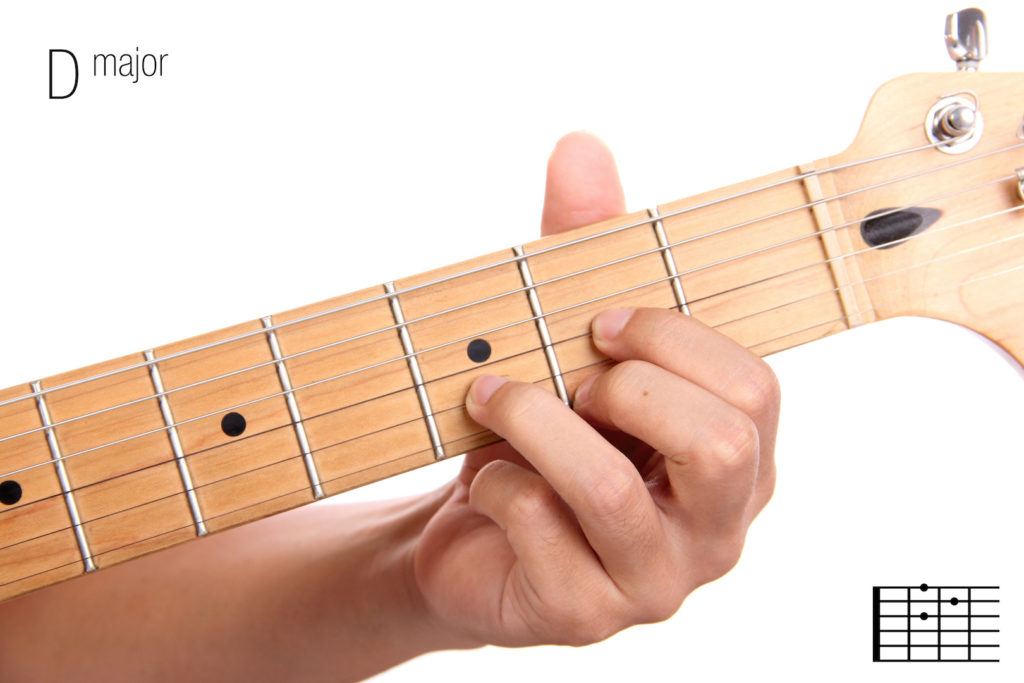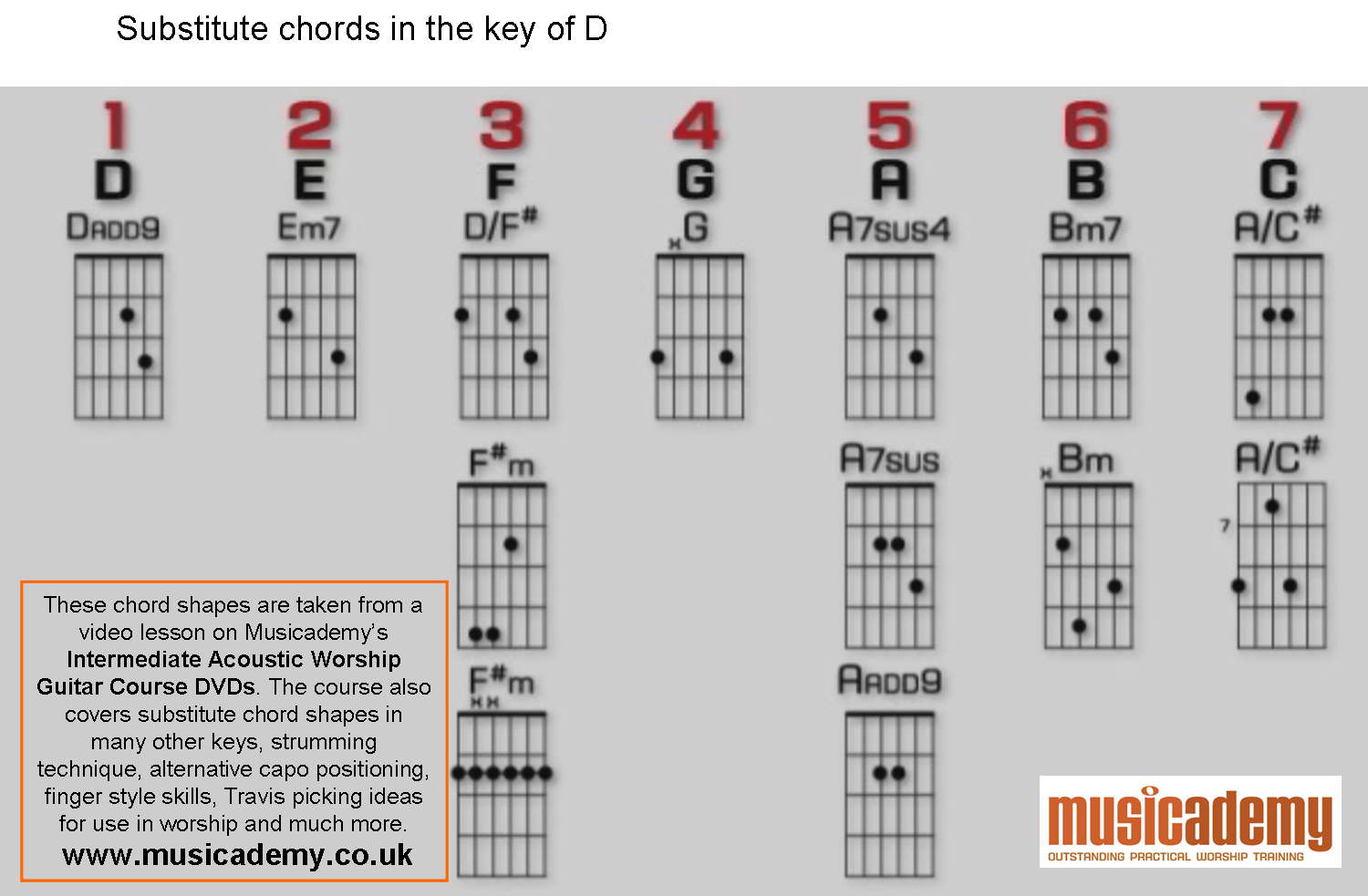Antwort Where is the D chord? Weitere Antworten – Where is the D chord on A guitar
Here's how to play d chord on the guitar. First finger in the second fret of the third string. Second finger second fret of the thinnest string.Third string second fret. Second string third fret and here's what it should sound. Like only play those three strings. And that is how you play a d5.The D major chord is a triad formed from a root (D), a major third (F♯) and a perfect fifth (A).
What is the D at 9 chord : Fret. Then your first finger on the fourth string 4th fret. And then you have a little bar that you need to make with your third finger which is going to catch. The third string fifth fret.
Why is it called D chord
A major chord is built from the major scale and consists of the root note, the major third, and the perfect fifth of the major scale. The root note is what gives the chord its name — in this case, D.
Is D major A hard chord : Another reason that D major can be difficult to play is because all of your fingers are on the top strings. If you're a beginner, then up to this point most of the chords you've played have been more on the bass strings or middle of the neck.
The D major chord, like all other major chords is a triad and consists of three notes. It is formed by combining the root note, D, the major third, F sharp, and the perfect fifth, A. So the notes of the D maj chord are D F# A.
D on the A String. – This note is played with your third finger. If C is sharp, and your second finger is high, then your third finger will almost touch your second (as pictured below). If C is natural then your third finger will be a whole step away from your second finger.
Is D minor A chord
The D minor chord (often written as Dm) is a chord that evokes a sense of melancholy and contemplation on the negative side of situations.The B minor scale starts on B. Its relative major scale is D Major, which means it will have the same key signature as D Major, with F-sharp and C-sharp marked on the staff.The two biggest problems beginners have with the D chord are getting the shape confidently under your three fingers and muting the bottom two strings. To help with the fingering, you can practice transitioning from a G major chord or A major chord to the D shape and back again.
2 this is a funk chord any nine chords or Funk chords. Now if you're feeling thanks for watching if you want to learn more guitar chords check out these videos.
What is the D chord theory : The D Major Chord I, or what is called simply the D Major chord (Dmaj) starts on D (the 1st note of the scale), then plays the 3rd (F#) and 5th (A) notes. To add the seventh (called Dmaj7) the 7th note is added onto the chord (which is C#).
What is the hardest chord to learn : The six-string F chord is one of the hardest standard chord shape to play on the guitar. When many people try to play the F chord on guitar (and often succeed), it's with far too much struggle and effort than is actually necessary. Even extremely influential guitarists can have a hard time with barre chords.
Why is D major so difficult
The D chord on guitar is very difficult for beginners because you have to use three 'split' fingers (they're not bunched together in an easy or compact group) and secondly you must avoid playing 2 strings. (See those X symbols on the chord box They mean “don't play this string”.)
You will learn the D chord here we go you're going to place your thumb on D your third finger is going on f-sharp. And your fifth finger is going to go on a. So let's play these three notes together.The most common way to play D major on guitar is with the open position. The open position puts finger 1 is placed on the second fret of string 4, finger 2 is placed on the second fret of string 6, and finger 3 is placed on the third fret of string 5. String 3 is open. Strings 1 and 2 are not played.
How do you play D bar chord : D Bar Chord (A Barre Shape)
- Barre your 1st finger from the 5th fret of the A string (5th string) to the high E string. (1st string.)
- Place your 2nd finger on the 7th fret of the D string. (4th string.)
- Place your 3rd finger on the 7th fret of the G string.
- Place your 4th finger on the 7th fret of the B string.








